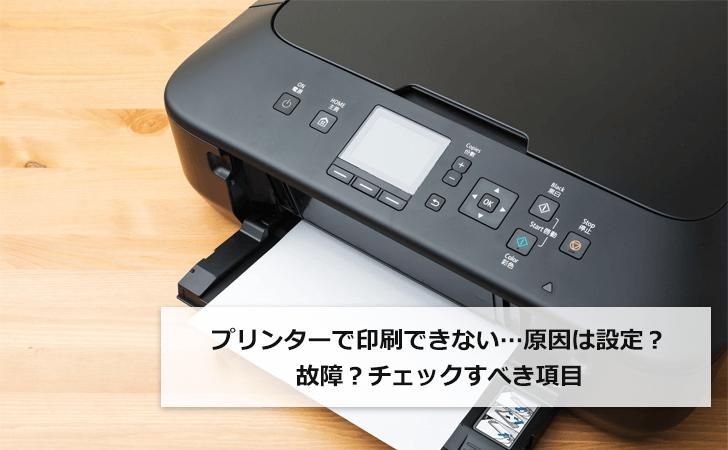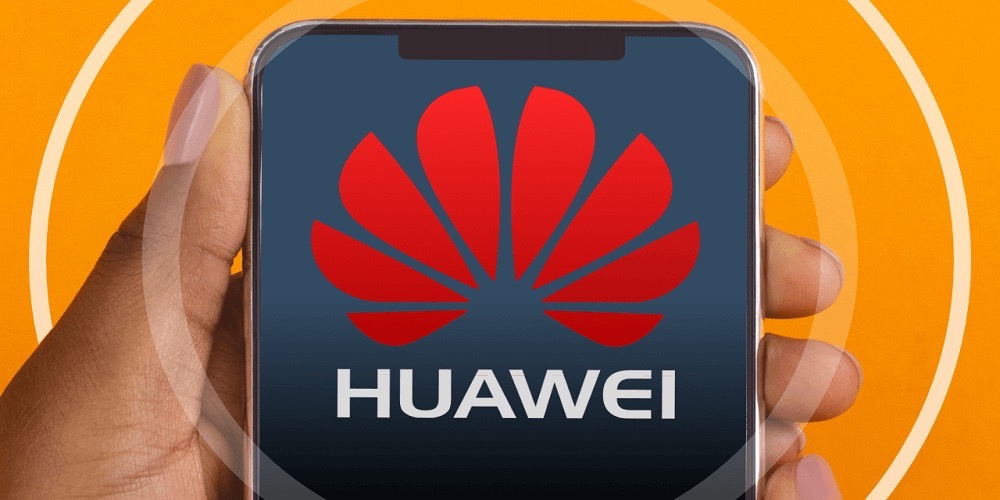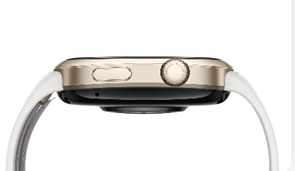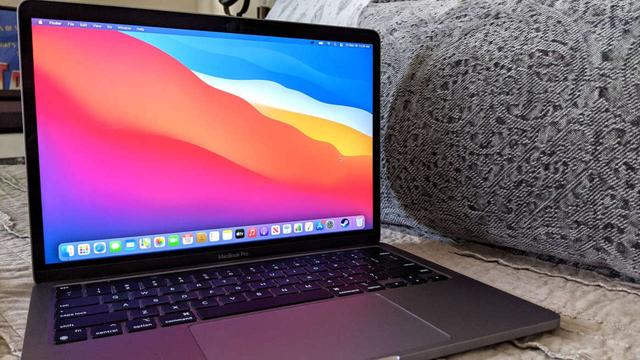USB-A vs. USB-C Chargers: Which Sho...
07
07
USB-A vs. USB-C Chargers: Which Should You Choose?
In our tech-driven world, charging is a daily routine whether it’s your smartphone, tablet, laptop, or even wireless earbuds. But with so many charging options available, choosing the right type of charger can feel overwhelming. Among the most commonly used are USB-A and USB-C chargers, each with their own design, capabilities, and compatibility.
Understanding the key differences between USB-A and USB-C chargers will help you make the most informed decision for your charging needs.
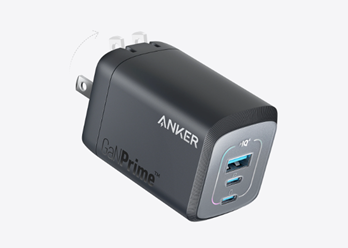
Breaking Down the Differences
Below, let’s explore the key characteristics of each charger type and when you might prefer one over the other.
Port Design and Compatibility
USB-A is the traditional rectangular connector that’s been in use for decades. It’s widely compatible with older devices, including flash drives, power adapters, and keyboards. On the other hand, USB-C features a smaller, reversible oval-shaped connector that plugs in either direction, making it more convenient and modern. If you're using newer smartphones, laptops, or tablets, chances are they now come with USB-C ports, making USB-C chargers the more future-proof option.
Charging Speed and Power Delivery
One of the biggest advantages of USB-C chargers is their support for Power Delivery (PD), which allows for significantly faster charging. USB-C PD chargers can provide up to 240W of power (with the latest USB PD 3.1 standard), suitable for everything from phones to laptops. USB-A, while still functional, is generally limited to slower charging rates, typically maxing out at 12W to 18W depending on the adapter. If speed is a priority, especially for charging high-capacity devices, USB-C is the superior choice.
Data Transfer and Multi-Use
USB-C chargers often double as data transfer cables and even video output interfaces. For example, USB-C can support DisplayPort or HDMI connections, allowing you to connect to monitors or projectors with just one cable. USB-A chargers are more limited in this regard and are usually dedicated solely to power. For users who value versatility and want a single cable for multiple purposes, USB-C is clearly more beneficial.
Device Ecosystem and Compatibility
If most of your gadgets are older and use USB-A ports, such as power banks, Bluetooth speakers, or older phones, then sticking with USB-A chargers might be more practical and budget-friendly. However, if you’re investing in new devices or already use a USB-C ecosystem, it’s wise to consolidate your charging setup around USB-C. Many USB-C chargers also offer multiple ports, combining USB-C and USB-A outputs to bridge both worlds and gradually ease the transition.
Travel Convenience
When traveling, you want something compact, fast, and capable of powering multiple devices. USB-C chargers, especially those powered by GaN (Gallium Nitride) technology, tend to be smaller, more efficient, and powerful. Multi-port USB-C chargers like the Anker Prime or Nano Charger can charge phones, tablets, and laptops simultaneously from a single compact adapter. While USB-A chargers can do the job, they typically lack the speed and power-sharing capabilities modern travelers need.

Cost and Availability
USB-A chargers are often less expensive and more readily available, especially in budget electronics or as accessories included with devices. USB-C chargers, while slightly pricier, offer much more functionality. However, the price gap has narrowed significantly in recent years, making USB-C an increasingly accessible option without compromising performance.
Final Thoughts
Choosing between USB-A and USB-C chargers depends on your current devices, charging habits, and future tech plans. If you use older electronics and prioritize affordability, usb a may still serve you well. But for faster charging, multi-functionality, and a future-proof setup, USB-C chargers are quickly becoming the standard. Ultimately, a hybrid approach, such as multi-port chargers that offer both USB-A and USB-C, can provide the best of both worlds.



